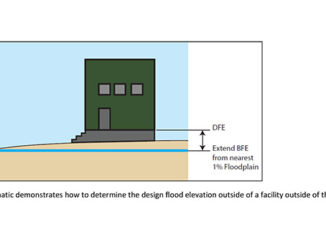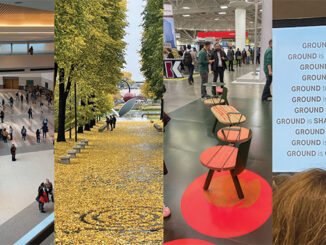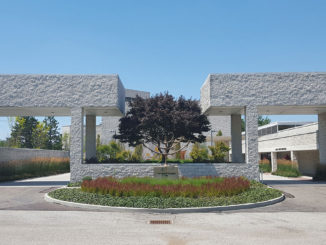Tidal Basin Ideas Lab recently unveiled proposals from five leading landscape architecture firms – DLANDstudio, GGN, Hood Design Studio, James Corner Field Operations, and Reed Hilderbrand – reimagining the future of Washington D.C.’s iconic Tidal Basin and National Mall, which is home to monuments including the Thomas Jefferson Memorial, Martin Luther King Jr. Memorial, Franklin Delano Roosevelt Memorial, and 3,000 cherry trees that serve as the backdrop for the National Cherry Blossom Festival each Spring. The proposals are presented in a museum-quality online exhibition, co-curated by Donald Albrecht and Thomas Mellins, that invites the public to explore the histories and challenges of the Tidal Basin, and share feedback on ideas for the evolution of this important part of America’s landscape.
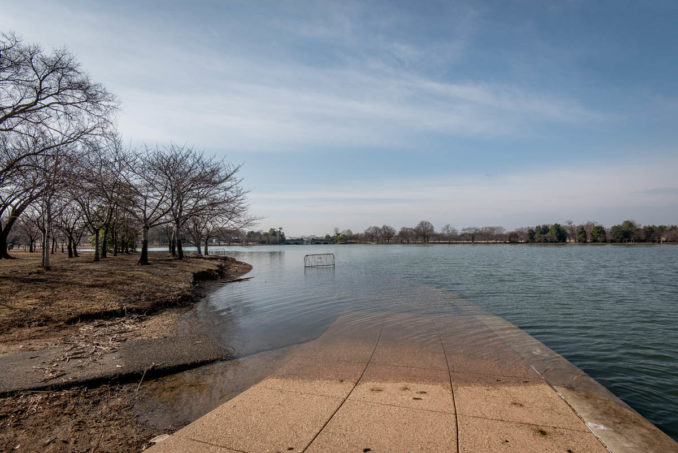
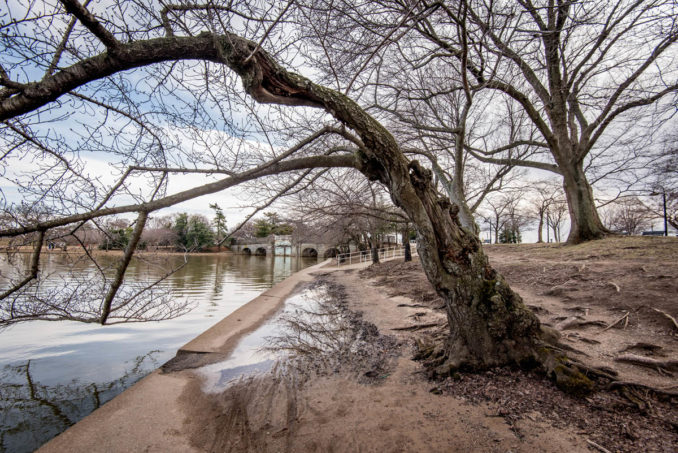
The Tidal Basin Ideas Lab is an urgent call to action to address the historic site’s pressing need for critical repairs and improvements, including a crumbling sea wall and daily flooding, taking into consideration environment, culture and visitor experience. The project marks a critical juncture for the landscape of the nation’s capital, envisioning and reshaping a deeply symbolic and beloved public space that communicates the history, values, and aspirations of the country.
A partnership between the National Trust for Historic Preservation, Trust for the National Mall, and the National Park Service, alongside civic partner Skidmore, Owings & Merrill (SOM), the project aims to present viable solutions and exciting possibilities to save and reshape one of the country’s most significant landmarks. As civic partner, SOM helped to identify and engage the design firms, and assisted in establishing the intellectual framework and organizational structure for the project.
Collectively, the five design teams explored diverse responses to saving the Tidal Basin by creating innovative proposals with solutions such as reconfiguring the water’s edge, relocating or replanting the iconic cherry trees, creating new pathways and elevated vantage points, and embracing the dynamic and ever-evolving nature of the tidal landscape. Each proposal examines the significance of the site, explores the various histories that have shaped it implicitly and explicitly, and grapples with issues fundamental to the preservation of complex cultural landscapes.
This exhibition precedes and supplements the National Park Service’s mandated environmental review, master planning, and detailed design that will ultimately lead to funding construction and implementation. “Unlike a design competition, which typically selects a winner with a conclusive master plan,” notes the exhibition’s co-curator Donald Albrecht, “the Ideas Lab comprises myriad bold concepts and promotes exchange between designers, stakeholders, and the public.”
The five design teams worked to create the comprehensive proposals that present the bold and holistic solutions at the core of the exhibition. Each firm reimagined the public space to meet the demands of a changing landscape, the public, and modern safety and accessibility needs, to create a bold, ambitious and integrated vision for the Tidal Basin. These design concepts include:
- DLANDstudio proposes new physical and visual connections that will reorient the flow of visitors and create new pathways through the basin, including building a land bridge between the Jefferson Memorial and the White House; forming a jetty in the Potomac River off the Lincoln Memorial housing the relocated memorial to Martin Luther King, Jr.; and cultivating sponge park wetlands, a reflective weir and green security wall to protect upland monuments, landscapes, and museums.
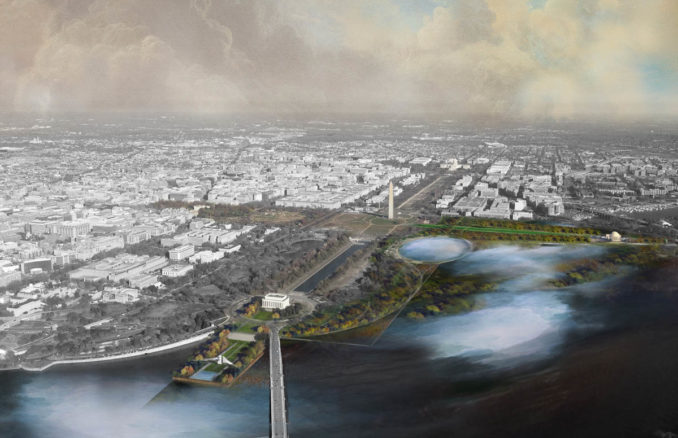
- GGN envisions a dynamic series of incremental changes that will adapt the site to the environmental challenges of the future and give rise to a new cultural aesthetic. Achieved over three stages between today and 2090, this adaptive plan will accommodate the forecasted sea-level rise and will integrate regional ecologies to bring an overdue, ecological point of view. Monuments will be adapted, protected, or relocated to ensure the national importance of this collective space.
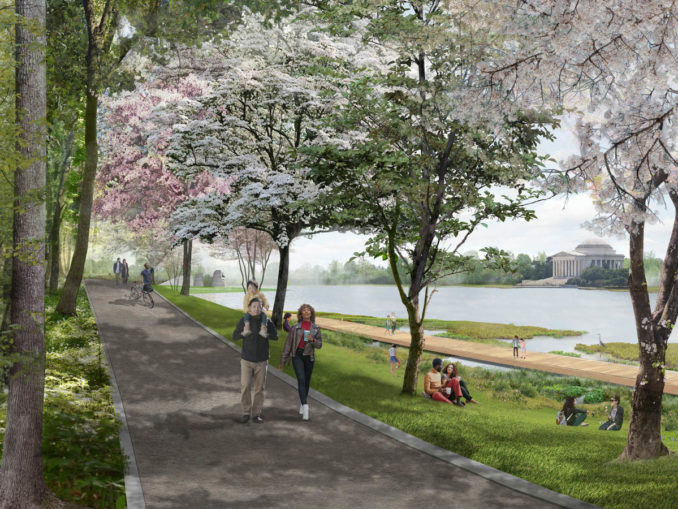
- James Corner Field Operations offers three potential ways to handle and mitigate rising water levels: (1) preserve the site with an escalated regimen of maintenance and engineering; (2) allow the site to flood, creating a landscape in which entropy is on display; or (3) balance preservation with the acceptance of future instability and climate change by treating the memorials as islands within the Tidal Basin.
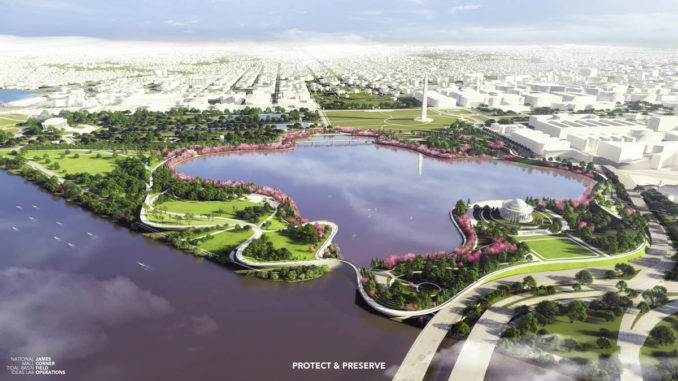
- Hood Design Studio proposes three “anthems”: “Tell the Truth!” seeks to replace the romantic and baroque design with stories of perseverance and resiliency; “Let the Waters Be Free” restores narratives of how the wetlands were valued by indigenous and enslaved peoples; and “Invention: Making New Things” asks if the Tidal Basin can trigger a national ethic that centers on rebuilding our urban ecologies.
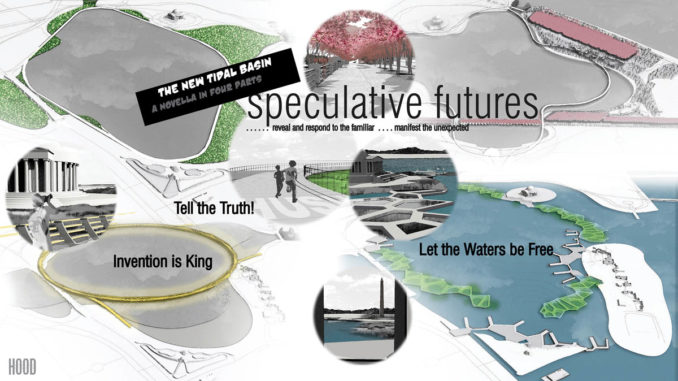
- Reed Hilderbrand focuses on the influential 1902 McMillan Plan for the development of the Washington D.C. parks system and its monumental core, guided by the idea of creating a “Washington Commons” — a vast complex of recreational facilities. Encouraging a variety of experiences, the plan features three pathways: an uplands Cherry Walk, where the cherished trees will be relocated, a Memorial Walk, and a Marsh Walk. A new landform, Independence Rise, accommodates rising water levels, while a pedestrian bridge connects back to the city.
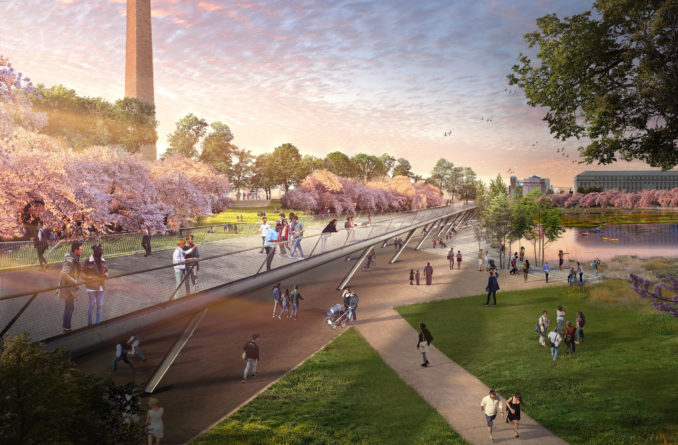
The online exhibition is designed to add a narrative perspective to the proposals, bringing to life the various histories of the Tidal Basin, both told and untold, since its completion in 1887. Albrecht and Mellins explore how this 19th century hydrological achievement has been, and continues to be, more than a place of memorialization and recreation through research and essays that explore the history of its construction, years as segregated space, the role of women in its cultivation, decades of protest and demonstrations, and as a locus of contested monuments. These stories are interwoven with the landscape architecture firms’ concepts so that visitors can delve into the material in various ways, connecting each proposal to the past by linking to the history that informed the ideas within.
The Tidal Basin’s Ideas Lab exhibition includes films and digital animations, concise audio/visual presentations of each landscape architect’s proposal, interviews with the architects, and digital opportunities for the general public to get involved, as well as photographs from the National Archive documenting the Tidal Basin’s histories.
The exhibition can be viewed at www.tidalbasinideaslab.org. The public is being invited to show their support for a renewed Tidal Basin by signing a pledge at savingplaces.org/TidalBasin.

